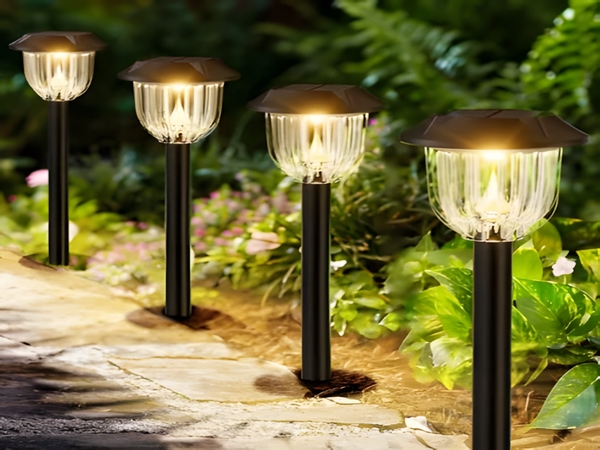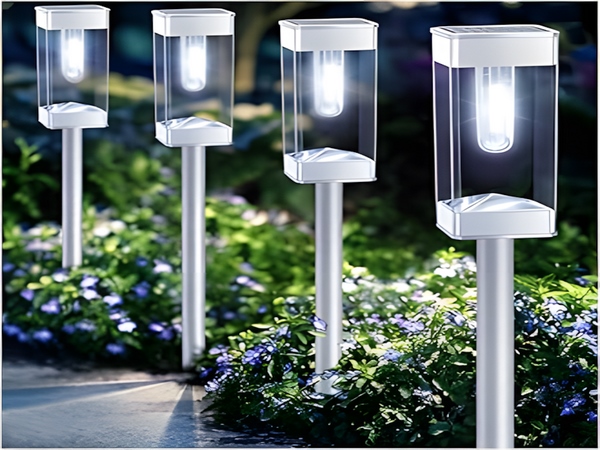
Solar street lights are favored for their energy-saving, environmentally friendly, durable, low maintenance cost, and clean pollution-free characteristics, making them a mainstay in rural outdoor lighting. The lifespan of solar street lights can reach 4-5 years, but the batteries tend to degrade relatively easily. Generally, the batteries of solar street lights are buried underground, but do you know why they are placed underground? What is the significance? The following analysis from outdoor solar street light manufacturers will provide insight.
Currently, solar street light batteries generally use gel batteries, which are large and heavy, making it impossible to install them on the lamp head or ground pole; they must be buried underground. However, this is not the only reason, as there are many advantages to burying the batteries underground.
Firstly, theft prevention.
The battery is a critical component of solar street lights and is relatively expensive, making it a target for some criminals. Therefore, the battery must be buried deep underground; if it is too shallow, it would facilitate theft.
Secondly, preventing water ingress.

Batteries are sensitive to water, and this battery is no exception. Although waterproof measures are taken for the outer layer of the battery, better waterproofing requires covering the battery with concrete and installing waterproof battery boxes in some structures.

Thirdly, maintaining temperature.
Under normal conditions, solar street light batteries can operate between -30°C to 60°C. However, in extremely cold environments, the battery’s durability may decrease, and another will stop functioning. Therefore, if you want to install solar street lights in cold northern regions, the battery must be buried at a depth of over 2 meters, as this can help maintain a more stable temperature.



